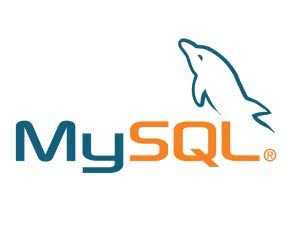如何快速写个启动脚本,主要通过如下几部
1,逻辑捋顺
可以在txt文件中,已伪代码的方式,形成体系,罗列顺序,然后在一点点补充代码
通过PID 进程文件,判断程序是否运行
设置3个模块(开启,关闭,重新加载)
然后在用case语句 去调用这个3个模块 实现启动脚本功能
restart看进程号变化,reload看配置文件是否生效
2,脚本主体内容
[root@DB02]# cat /etc/init.d/nginx
#!/bin/bash
# chkconfig: 2345 32 62 #按照开机启动模板设定,32序列号 62系统等级
# description: Activates/Deactivates all network interfaces configured to \
# by name: qiuyuetao
# Contact informtion:598759292
# Date:2017-1-11
[ -f /etc/init.d/functions ] && . /etc/init.d/functions #引用系统函数库
nginx=/application/nginx/sbin/nginx
Pidfile=/application/nginx/logs/nginx.pid
qiuyt(){
RETVAL=$?
if [ $RETVAL -eq 0 ];then
action "Nginx is $1" /bin/true
else
action "Nginx is $1" /bin/false
fi
}
##no.1 定义启动模块
Start(){
if [ -f $Pidfile ];then
echo "Nginx is running"
else
$nginx
qiuyt started
fi
return $RETVAL
}
##no.2 定义关闭模块
Stop(){
if [ ! -f $Pidfile ];then
echo "nginx in not running"
else
$nginx -s stop
qiuyt stoped
fi
}
##no.3 定义重新加载模块
Reload(){
if [ ! -f $Pidfile ];then
echo "Cat't open $Pidfile ,no such file or directory"
else
$nginx -s reload
qiuyt reloaed
fi
}
case "$1" in
start)
Start
;;
stop)
Stop
;;
reload)
Reload
;;
restart)
Stop
sleep 2
Start
;;
*)
echo "Usage: sh $0 {start|stop|reload|restart} "
exit 1
esac
exit $RETVAL
3、把脚本放到/etc/init.d/ 下
3.1 查看服务自启动列表
[root@DB02 init.d]# chkconfig --list|grep nginx
[root@DB02 init.d]# chkconfig --list|grep mysql
mysqld 0:关闭1:关闭2:启用3:启用4:启用5:启用6:关闭
3.2 把脚本写入到/etc/init.d
[root@DB02 init.d]# cd /etc/init.d/
[root@DB02 init.d]# vi nginx #内容见上面脚本
3.3 授权脚本 x执行权限
[root@DB02 init.d]# chmod +x nginx
[root@DB02 init.d]# ll nginx
-rwxr-xr-x 1 root root 1177 9月 26 15:45 nginx
4,添加开机自启动
[root@DB02 init.d]# chkconfig nginx on
service nginx does not support chkconfig ##报错,没有把nginx文件,添加到开机自启动里面
[root@DB02 rc3.d]# chkconfig --list|grep nginx
nginx 0:关闭 1:关闭 2:启用 3:启用 4:启用 5:启用 6:关闭
4.1测试
[root@DB02 rc3.d]# /etc/init.d/nginx start
Nginx is running
另外一种,开机自启动方法,可以把启动内容放到 /etc/rc.local文件中,主要要使用绝对路径
至此就完成了1个启动脚本,是不是很简单,趁热也来写个吧。
- QQ精品交流群
-

- 微信公众号
-







